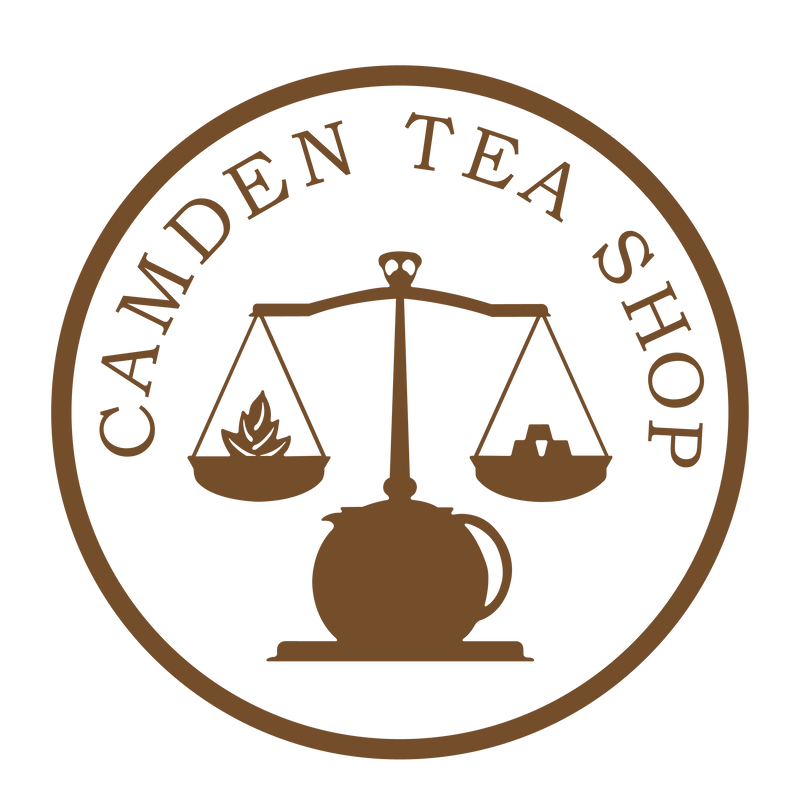The Ancient Japanese Tea Ceremony

The Japanese tea ceremony, also called the Way of Tea, is a Japanese cultural activity involving the ceremonial preparation and presentation of matcha (抹茶), powdered green tea.

It is a choreographic ritual of preparing and serving Japanese green tea together with traditional Japanese sweets to balance with the bitter taste of the tea. Preparing tea in this ceremony means pouring all one's attention into the predefined movements. The whole process is not about drinking tea, but is about aesthetics, preparing a bowl of tea from one's heart. The host of the ceremony always considers the guests with every movement and gesture. Even the placement of the tea utensils is considered from the guests view point (angle).
HISTORY
In the eighth century the first mention of a formal ceremony involving the drinking of tea is found. However, at this time it probably didn’t look much like the tea ceremony we know these days.
During the Nara period (Japan 710-794) tea plants were grown in Japan and mainly consumed by priests and noblemen as medicine. Toward the end of the Tang dynasty in China, the drinking of tea was going through a transformation from medicine to beverage, but due to deteriorating relations between the two countries this transformation did not reach Japan till much later. The Japanese were forced to mold and cultivate their own traditions and culture around the tea. Tea was a rare and valuable commodity from the Nara period to the Heian period (794-1192) so rules and formalities were based on this concept. Had tea been native to Japan or more readily available, it is almost certain that the tea ceremony would not have been created.
In 1187 Myoan Eisai, a Japanese priest, traveled to China to study philosophy and religion. When he came back, he became the founder of Zen Buddhism and build the first temple of the Rinzai sect. It is said that he was the first one to cultivate tea for religious purposes, unlike others before him who grew tea for medicinal use only. He was also the first to suggest and teach the grinding of tea leaves before adding hot water. A Sung emperor named Hui Tsung, referred to a bamboo whisk used to whisk the tea after hot water was poured over it in his book Ta Kuan Cha Lun (A General View of Tea). These two methods formed the basis for the tea ceremony as we know it today.
Eisai suggested that the drinking of tea had certain health benefits and cures for; loss of appetite, paralysis, beriberi, boils and sickness from tainted water. According to him it was a cure for all disorders, so this perhaps was the main reason that the Tea Ceremony gained such popularity.
In 1333, the Kamakura shogunate fell which led to civil wars in the whole country. A new class of people came into existence, the Gekokujou (parvenus). These nobles whose extravagant lifestyles attracted much attention from the public, often held tea parties for their friends called Toucha.
When people of other classes became interested in the tea ceremony enjoyed by the Samurai class, they started having small tea gatherings in smaller and less lavish rooms which were appropriate to their status. From this the small room called Kakoi came into existence.
One of the best designers of smaller tearooms was a Zen priest called Murata Shukou. He later became known as the father of the tea ceremony because the etiquette and spirit of tea were originated by him.
Toward the end of the Muromachi period, the tea culture reached its peak, and tea devotees were given different titles to distinguish their relation to the art. Chanoyusha was the name given to a professional teacher of the tea ceremony like Shukou. A Wabi-suki was a teacher distinguished by three particular qualities: faith in the performance of tea, an ability to act with decorum befitting a proper master, and excellent practical skills. Finally, the Meijin not only met all the qualities of a wabi-suki, but was a collector of fine Chinese tea utensils as well.
In the 15th century, the two most important figures in the history of Japan’s tea culture emerged; Murata Jukō and Sen no Rikyū. The former was a Buddhist widely recognised as the father of the Japanese tea ceremony. He introduced the four core values of the ceremony – kin, or reverence; kei, respect for food and drink; sei, purity in body and spirit; and ji, calmness and freedom from desire. Jukō’s methods – a far cry from the social elitism that had dominated tea consumption over the preceding few centuries – meant that tea-drinking started spreading to different levels of Japanese society.
In the 16th century, Rikyū had the most profound influence on the chadō. He incorporated the philosophy of Ichi-go ichi-e (“one time, one meeting”), the idea that each individual encounter should be treasured as such a meeting may never happen again.

1632
 1895
1895
1902
As time went on the tea ceremony continued to play a central role concerning etiquette and social standing in Japan. Today you can have you very own tea ceremony at home, with the right accessories and the best green tea.
